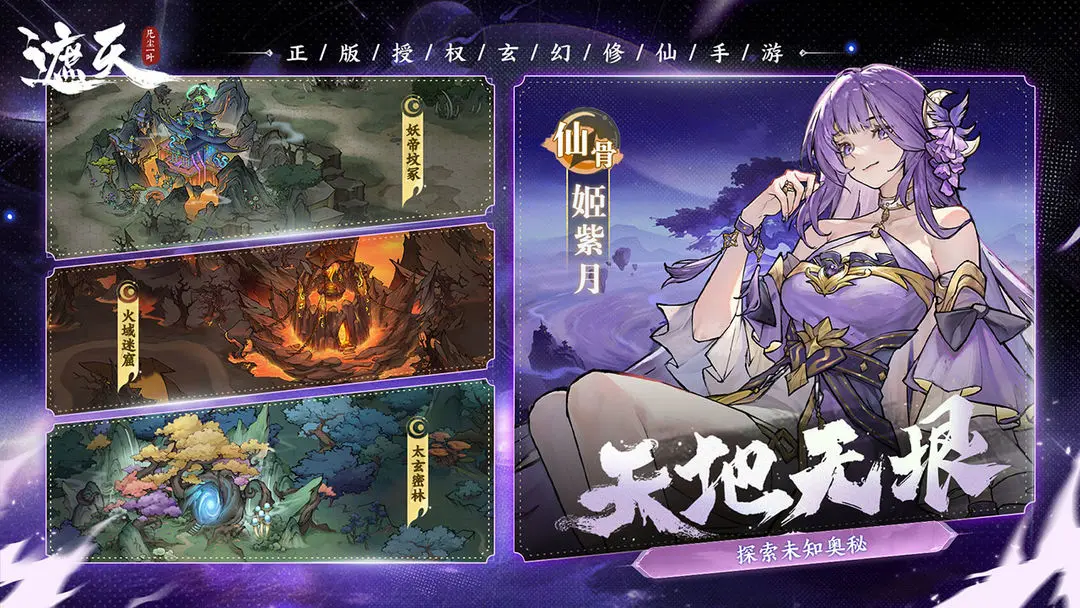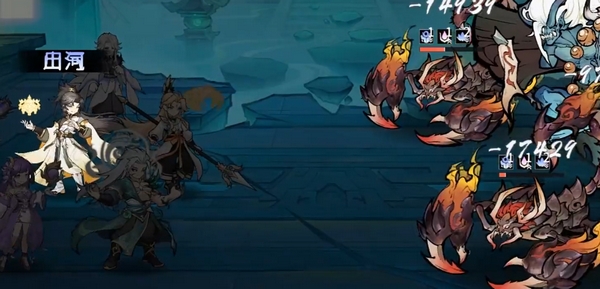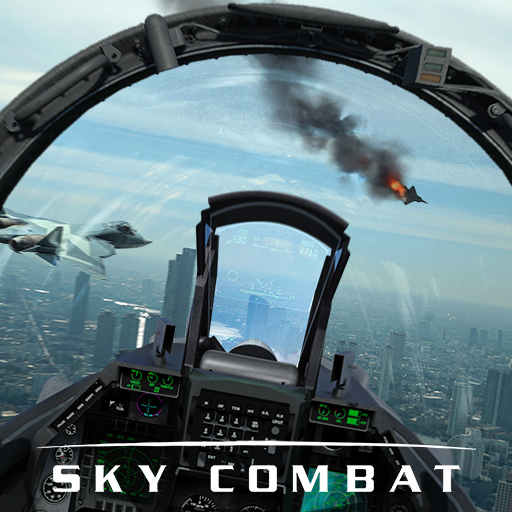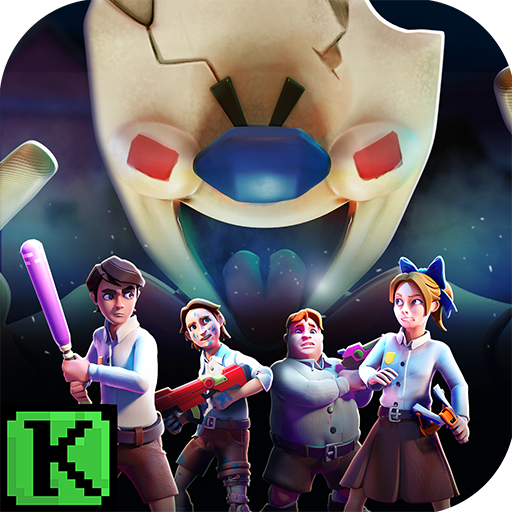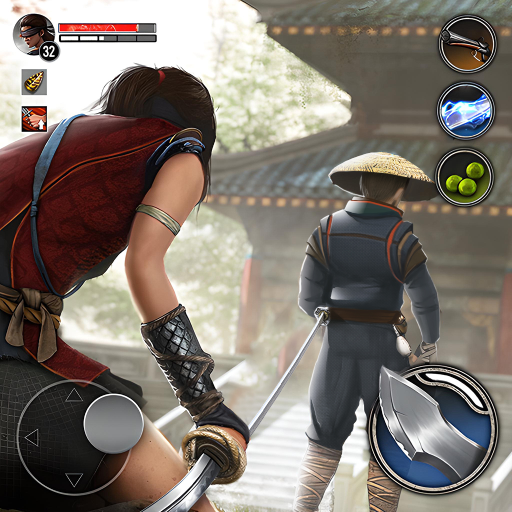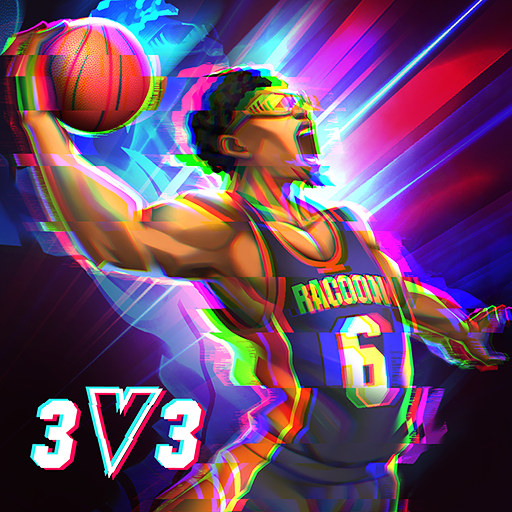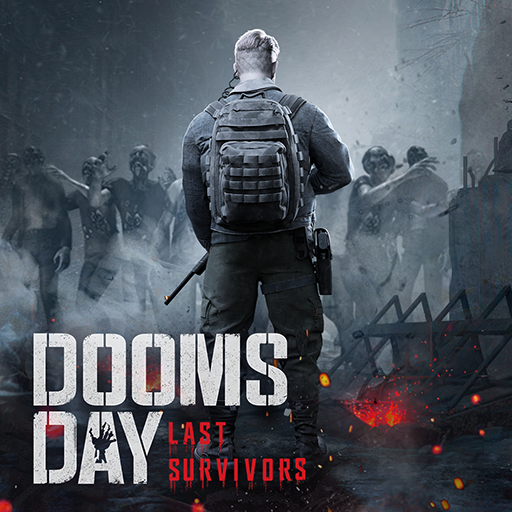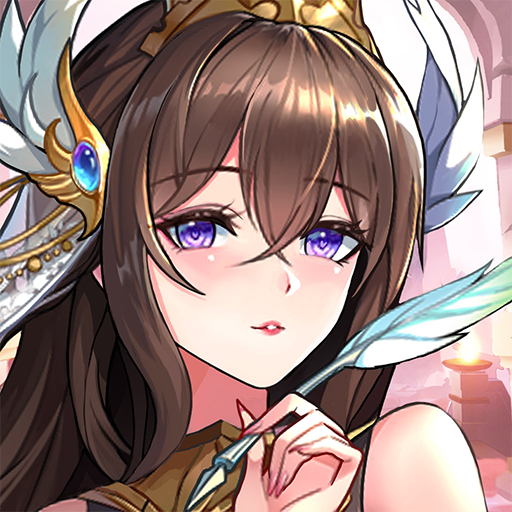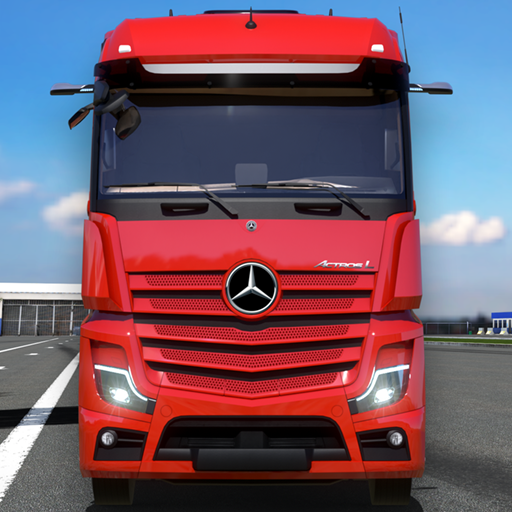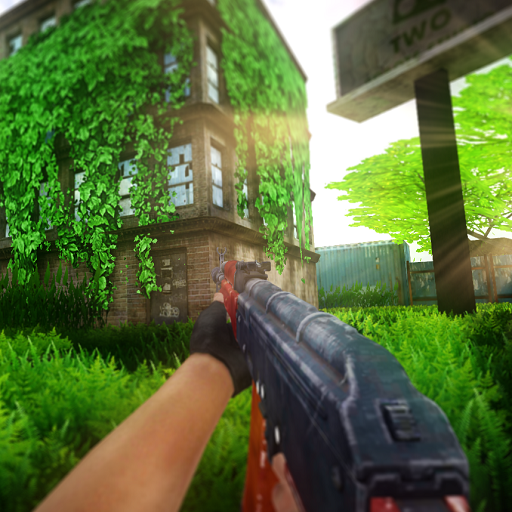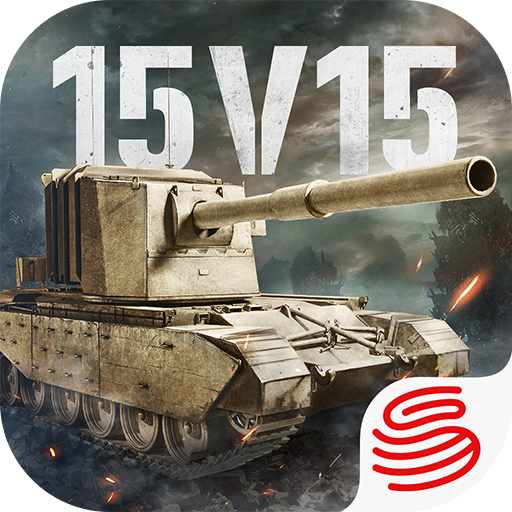The Heterocycle Combat System is a topic of great interest to many new players, as the game's combat system is quite unique. If you can understand the relevant content of the combat system in advance, you will be more at ease when engaging in battles after entering the game. The following is a detailed introduction to the combat system, which both new players and those who want to become more proficient in combat should read.
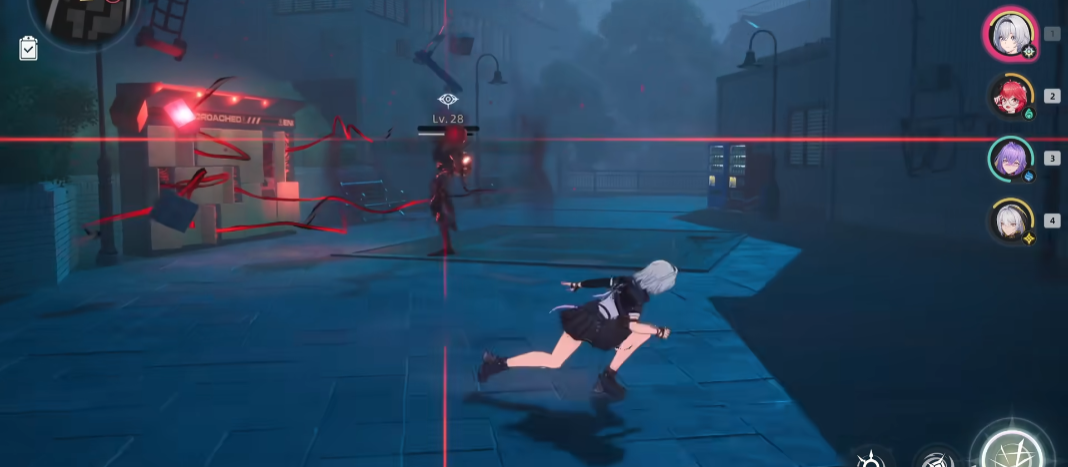
1. Basic Section
Characters have six attributes in total, and adjacent attribute characters can trigger a heterocycle reaction. The collapse value can be understood as a white bar, which is also known as the resilience reduction effect. Any attack can reduce resilience. There are two quick ways to reduce resilience: the first is a perfect dodge counter, and the second is a heterocycle ability. What is a heterocycle ability? For example, when character A accumulates 100 points of heterocycle coefficient, character B's icon will flash. At this point, switching to B will trigger a corresponding heterocycle based on the attributes of A and B. This is the most important underlying mechanism of the game, and all teams are built around the heterocycle.
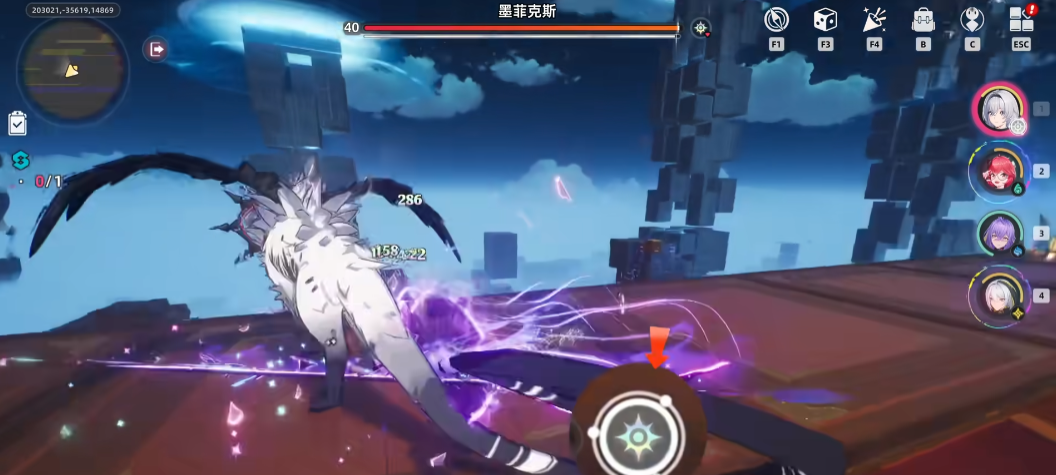
Heterocycles do not have a cooldown; apart from the requirement of 100 heterocycle coefficients, there are no other conditions. Since it can reduce resilience, the core gameplay currently revolves around how to perform more heterocycles. There are several ways to obtain heterocycle coefficients. The usual way is through normal attacks and skills (ultimate skills do not contribute), but this method is relatively slow. Some characters are designed for quick switching, and using their skills can directly provide 100 points of heterocycle coefficient, allowing for a heterocycle immediately after switching. To achieve more heterocycles, teams usually include one or two quick-switching characters, enabling a quick switch and rapid triggering of two heterocycles.
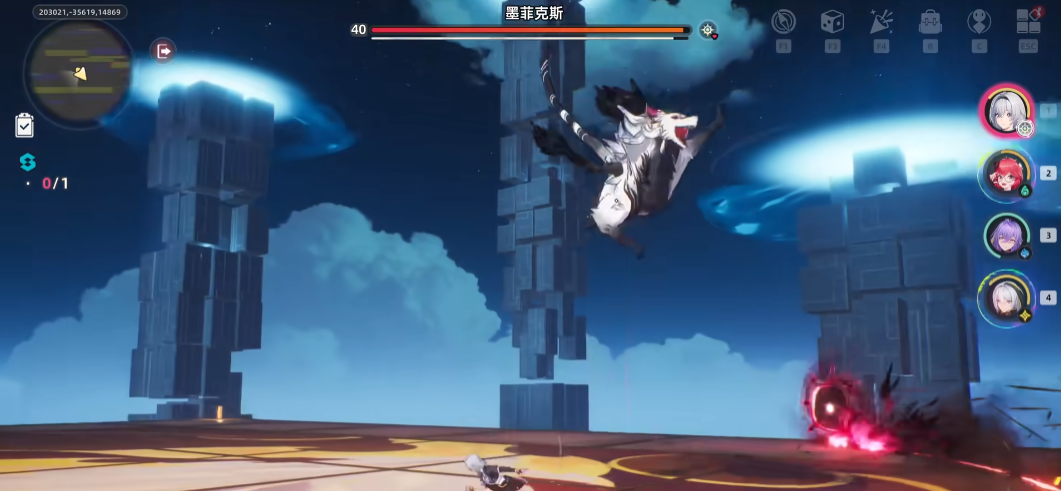
However, if that were all, the battle would mostly consist of normal attacks, making the battlefield somewhat dull. Another method of obtaining heterocycle coefficients is "parry." A successful parry directly grants 100 points of heterocycle coefficient. Parry is triggered when a red circle appears on the enemy, and these two circles quickly overlap. When they fully overlap, attacking the enemy will cause a parry. Using the E skill to enter the heterocycle can preemptively parry, increasing the parry's success rate and allowing for more heterocycles. This is called fast parry.
Perfect dodge counter: In simple terms, when the enemy glows red, a perfect dodge can be triggered, and an immediate normal attack can be used to counter. The core combat mechanics of the game are thus clear: use quick-switching characters to rapidly perform heterocycles, combine with dodge counters to reduce resilience, use parries to trigger more heterocycles, and then maximize damage output with ultimate skills once the boss is incapacitated.
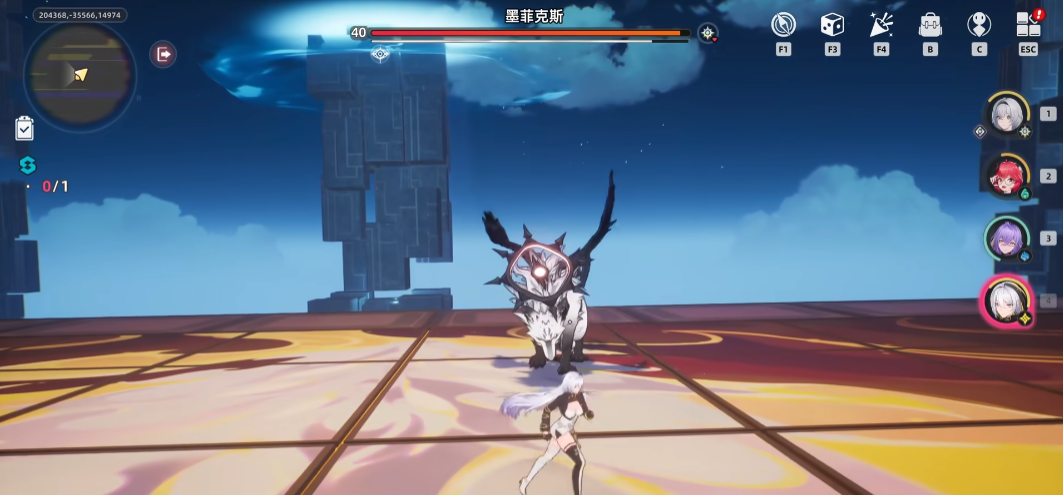
2. Chains and Rapid Parries
Continuous dodge counter: Perfect dodges consume very little stamina. Continuous countering involves performing multiple perfect dodge counters during a boss's continuous attacks. Besides significantly reducing resilience, this makes the battle very satisfying. Rail counter refers to rapid parries, where, when the boss continuously shows red circle parry prompts, you use attacks or skills to perform continuous parries. After dealing damage, the boss enters the boss phase, where it launches a series of attacks, and the character starts a chain of dodge counters, drastically reducing resilience. Then, quick switching occurs, and once the character's cooldown ends, the cycle repeats.
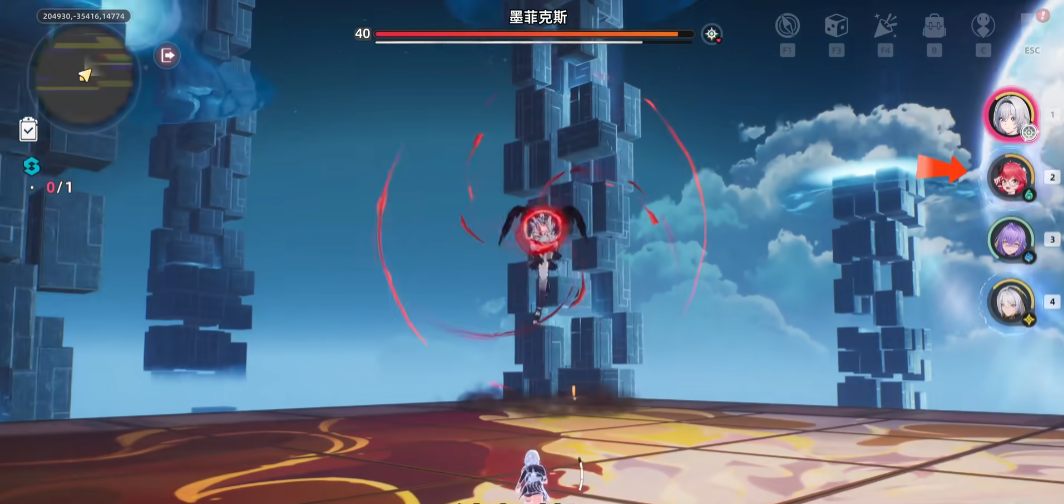
3. Team Composition
After understanding the combat mechanics, the next step is team composition. With many character attributes, numerous different heterocycle reactions can be derived. The most basic ones, such as the reaction between light and zero, can produce the Genesis Flower. Additionally, there are mechanisms to weaken bosses and DOT (Damage Over Time) effects. Depending on the combination, three to four mixed reactions can be achieved simultaneously, allowing for the formation of various teams centered around different heterocycles, such as summoning teams, DOT teams, curse teams, and so on. In the later stages, this becomes very flexible and diverse. Each character has a unique talent that enhances specific heterocycle reactions. For example, Nana enhances Genesis. In the team interface, you can see the special enhancement talents of the characters. Once activated, these talents will enhance the team's heterocycles, so team composition must consider both stats and the impact of talents on the overall team.
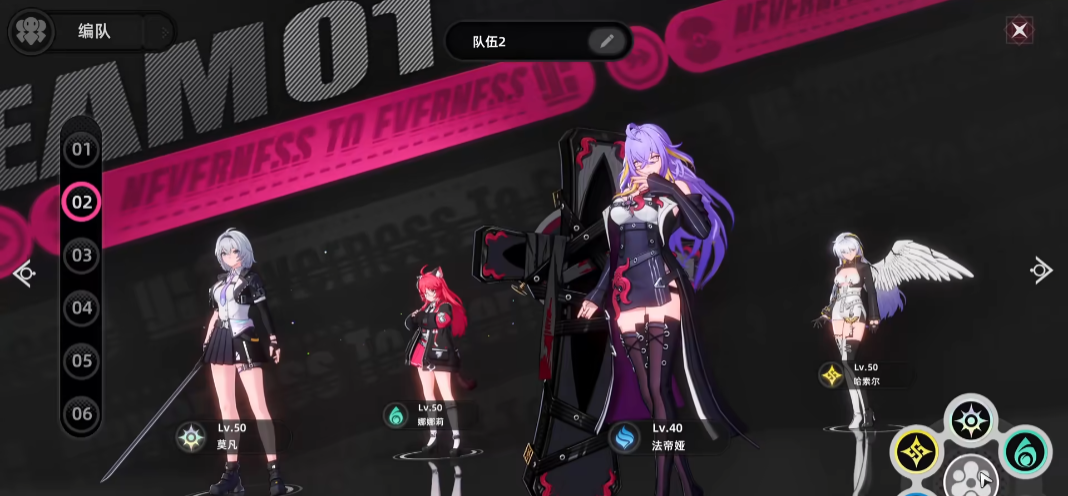
This concludes the introduction to the Heterocycle Combat System. It may seem complex at first, but the main mechanisms revolve around heterocycles, heterocycle reactions, and dodge counters. Overall, it is quite understandable. Once you grasp these concepts and practice, you should be able to perform well in combat.
